The 10 Coolest Servers Of 2017 (So Far)

The Coolest Servers This Year
The server market entered 2017 in a rough patch with vendor revenue falling nearly 5 percent year over year in the first quarter, according to research firm IDC. But it could be a different story by the time the year closes thanks to some very cool new hardware introduced in the past few months by industry stalwarts like Dell EMC and Hewlett Packard Enterprise, as well as upstarts like Huawei.
It's apparent that server vendors are counting on the burgeoning markets for hyper-converged infrastructure, Internet of Things and data analytics to pave the way into the server market's future, and major manufacturers have also seized on the latest processors introduced by Intel, AMD and others to push them there.
So far this year, we've seen Dell and HPE roll out the latest version of their venerable PowerEdge and ProLiant server lines, respectively, and we've seen Lenovo completely rebrand its hardware portfolio, the first major update to its line since acquiring IBM's x86 business in late 2014. This year has also seen the rapid rise of Huawei, which overtook Lenovo to claim the No. 3 spot in worldwide server shipments in the first quarter, according to research firm Gartner.
Click through to see the 10 coolest servers of 2017 so far.
(For more on the "coolest" of 2017, check out "CRN's Tech Midyear In Review.")
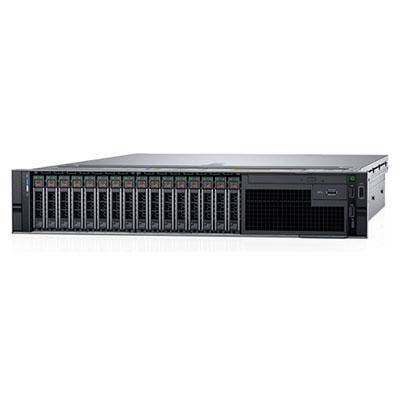
Dell EMC PowerEdge R740/R740XD
The PowerEdge R740 is designed to be the workhorse of the PowerEdge line, especially in environments where flexibility, storage and I/O performance are key. Dell EMC said the R740 is a powerhouse for VDI users and an ideal choice for big data analytics. The PowerEdge R740XD leans toward storage performance and density for applications like software-defined storage, and is aimed at cloud service providers, big data users and co-location hosting.
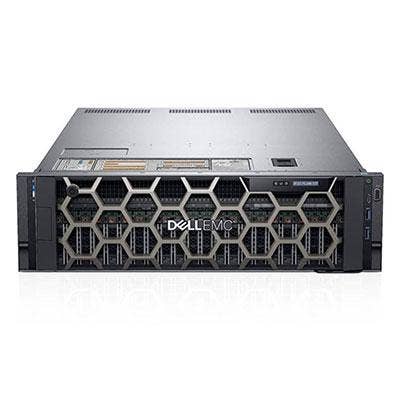
Dell PowerEdge R940
Introduced at Dell EMC World last May, the 14th generation of Dell EMC's venerable PowerEdge server family is aimed at converged, hyper-converged, rack-scale, web-scale and other modern, high-profile data center applications. Dell EMC's 14G servers will also be the backbone of many of the company's own hyper-converged products, including VxRail, VxRack and the Dell EMC XC hyper-converged appliance. The PowerEdge R940 is a 3U platform for demanding, mission-critical workloads like large databases and ERP systems. Dell EMC claims the R940 can save up to $600,000 in Oracle licensing costs, and boasts impressive performance in SAP environments.
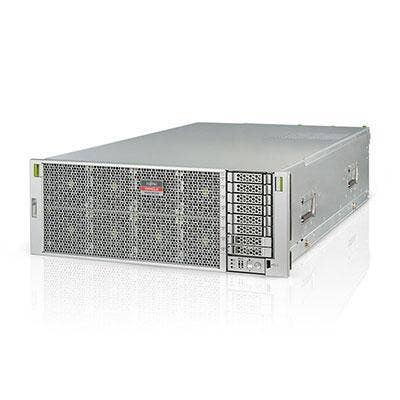
Fujitsu SPARC M12
In partnership with Oracle, Fujitsu in April launched the SPARC M12 server, which uses Fujitsu's SPARC64 XII processor and claims up to 2.5 times faster core performance than the previous M10 server. The processor uses software-on-chip technology so it can do double the number of simultaneous Oracle database searches as the M10. The M12 can be had with up to 12 cores per CPU, 32 MB of Level 3 cache, PCIe Gen3 I/O and DDR4-2400 memory.
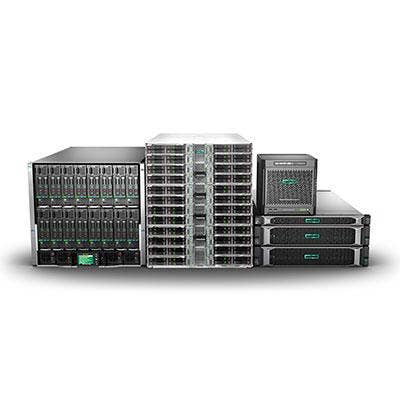
HPE Gen10
HPE introduced its 10th generation server platform, called Gen10, at the HPE Discover conference. The Gen 10 platform is being applied to all of HPE's server lines, including ProLiant and Apollo lines, as well as several other products. The platform will also be the basis of HPE's Synergy converged infrastructure portfolio. Gen10 is based on Intel's Purley platform, combines DRAM and traditional SSDs or spinning disk, and supports memory types including 3X XPoint, and Intelligent System Tuning, which allows users to adjust processor performance.
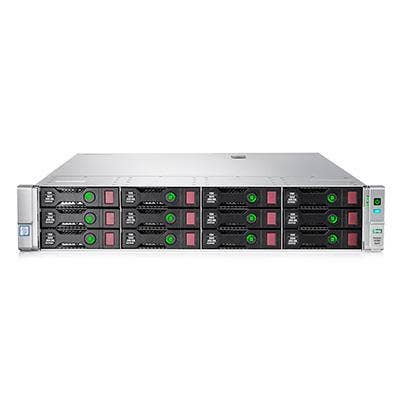
HPE ProLiant DL380
HPE's ProLiant DL380 aims to be all things to all users. The Gen9 server emphasizes reliability, serviceability and what HPE calls "near continuous availability." Built on Intel's Xeon Broadwell processor, the DL380 sports DDR4 memory supporting 3-TB capacity and 40Gb networking options. HPE's own persistent memory is geared toward database and analytics workloads, allowing the DL380 to run anything from the most basic to the most mission-critical workloads.
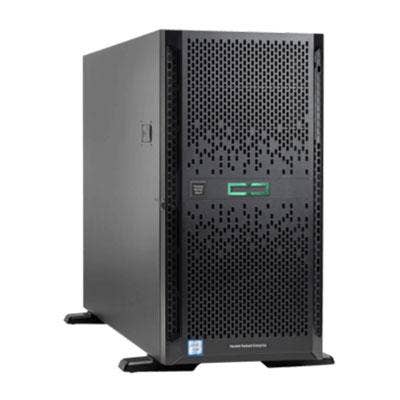
HPE Proliant ML350 Gen9
The ML350 from Gen9 of HPE's popular ProLiant line is intended for small and midszie businesses that have growth on the agenda. The ML350 comes standard with HP Integrated Lights-Out capabilities, which simplifies infrastructure management. The ML350 also features 24 slots for DDR4 HP SmartMemory, embedded 1GbE or 10GbE networking, nine PCIe expansion slots, eight USB ports and four GPU options.
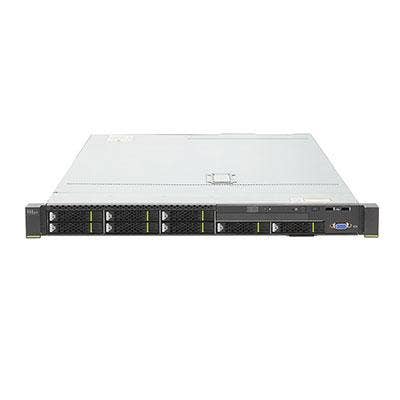
Huawei FusionServer RH1288
Huawei is a newcomer to the server market, but has already vaulted itself into position as the third-biggest server vendor worldwide, displacing Lenovo and slotting in behind HPE and Dell EMC. Earlier this year, the China-based company introduced new servers, including the FusionServer RH 1288 V3 rack server. The standard 1U rack server runs on Intel's Xeon E5-2600 processor with up to 20 cores per processor and boasts up to 1 TB of memory and 40 TB of internal storage.
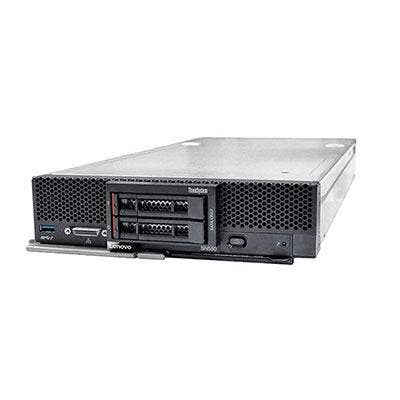
Lenovo ThinkSystem SN550 And SN850
The ThinkSystem SN550 and SN850 blade servers are expandable and designed to run a wide variety of workloads depending on customer demands. The units run on Intel's new Xeon Scalable processors and SAS/SATA and NVMe disk drives. The SN550 is intended for private or hybrid cloud deployments, or for consolidating older servers into a single blade. The SN850 is designed for midsize databases and business applications like ERP and CRM systems.
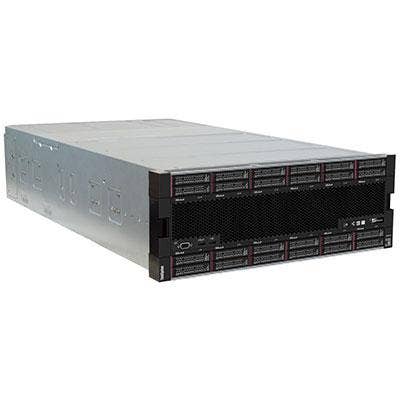
Lenovo ThinkSystem SR950
Lenovo in June introduced a complete rebranding of its data center portfolio, dividing it into the ThinkSystem hardware line and the ThinkAgile line of turnkey hyper-converged appliances. The ThinkSystem server line is led by the ThinkSystem SR950, a unit designed for mission-critical workloads like in-memory databases, real-time analytics, ERP and CRM systems, and virtualized server workloads. The SR950 scales from two to eight Intel Xeon Scalable processors in a 4U form factor. The SR950 also boasts a modular design with access from the front and rear, making it easy to service without removing it from the rack.
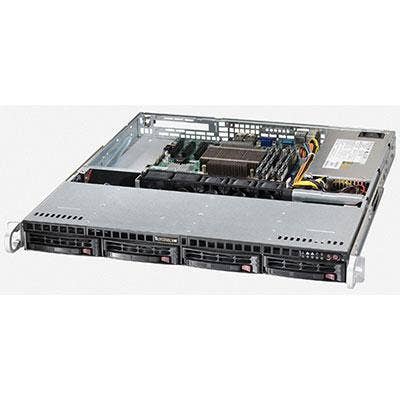
Supermicro Ultra A+
Supermicro's new line of A+ servers runs on new AMD EPYC processors, and sports high-capacity memory, several networking and expansion options, as well as all-flash NVMe and GPU support. The line is led by the Ultra A+, a dual-socket unit with DDR4 memory, seven PCIe 3.0 slots, and dual 25GbE networking. The Ultra A+ supports 24 hot-swappable 2.5-inch SSD or HDD drives in a 2U form factor. In all, the new A+ line features a pair of 2U servers and a pair of 1U servers.